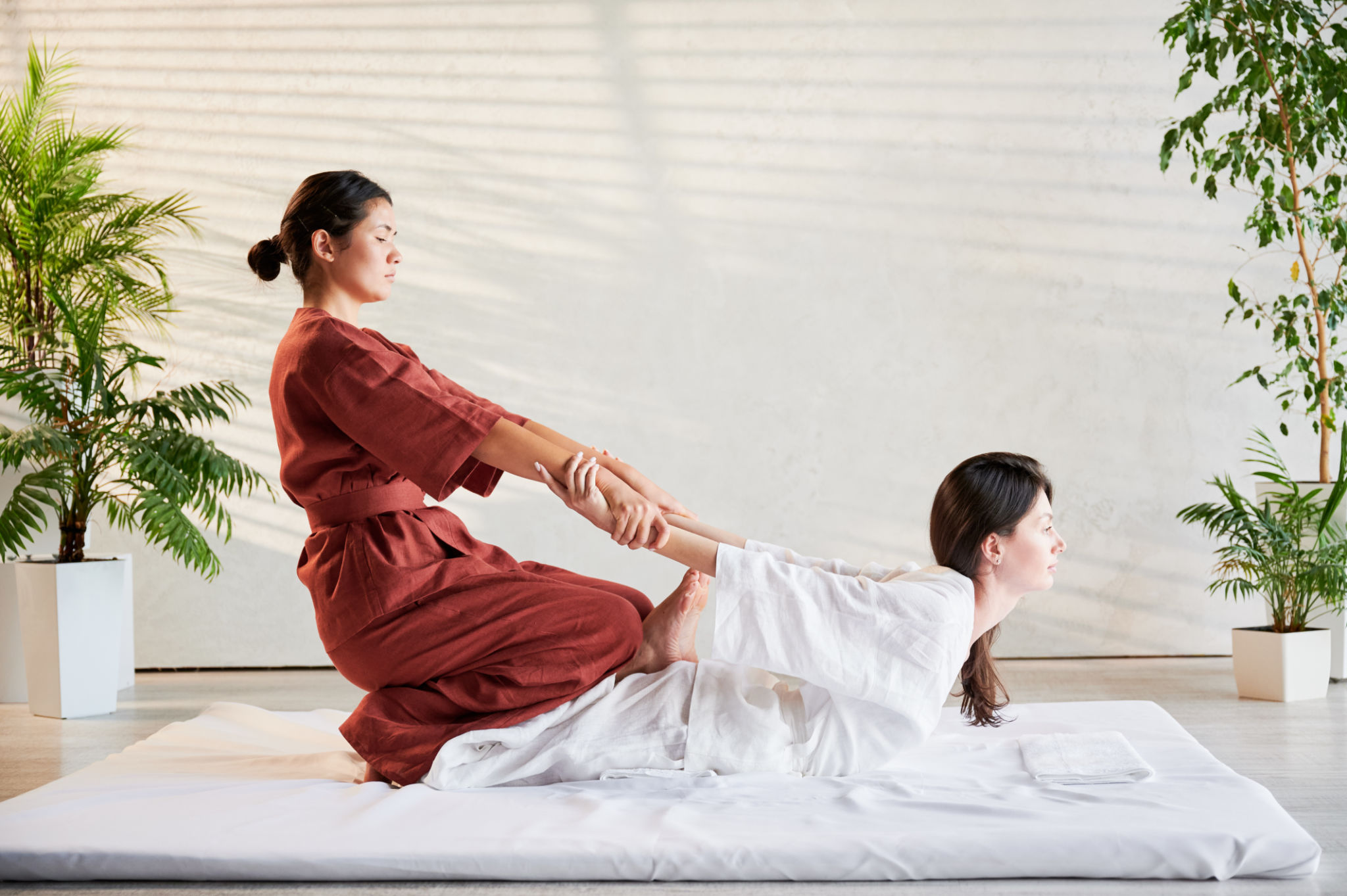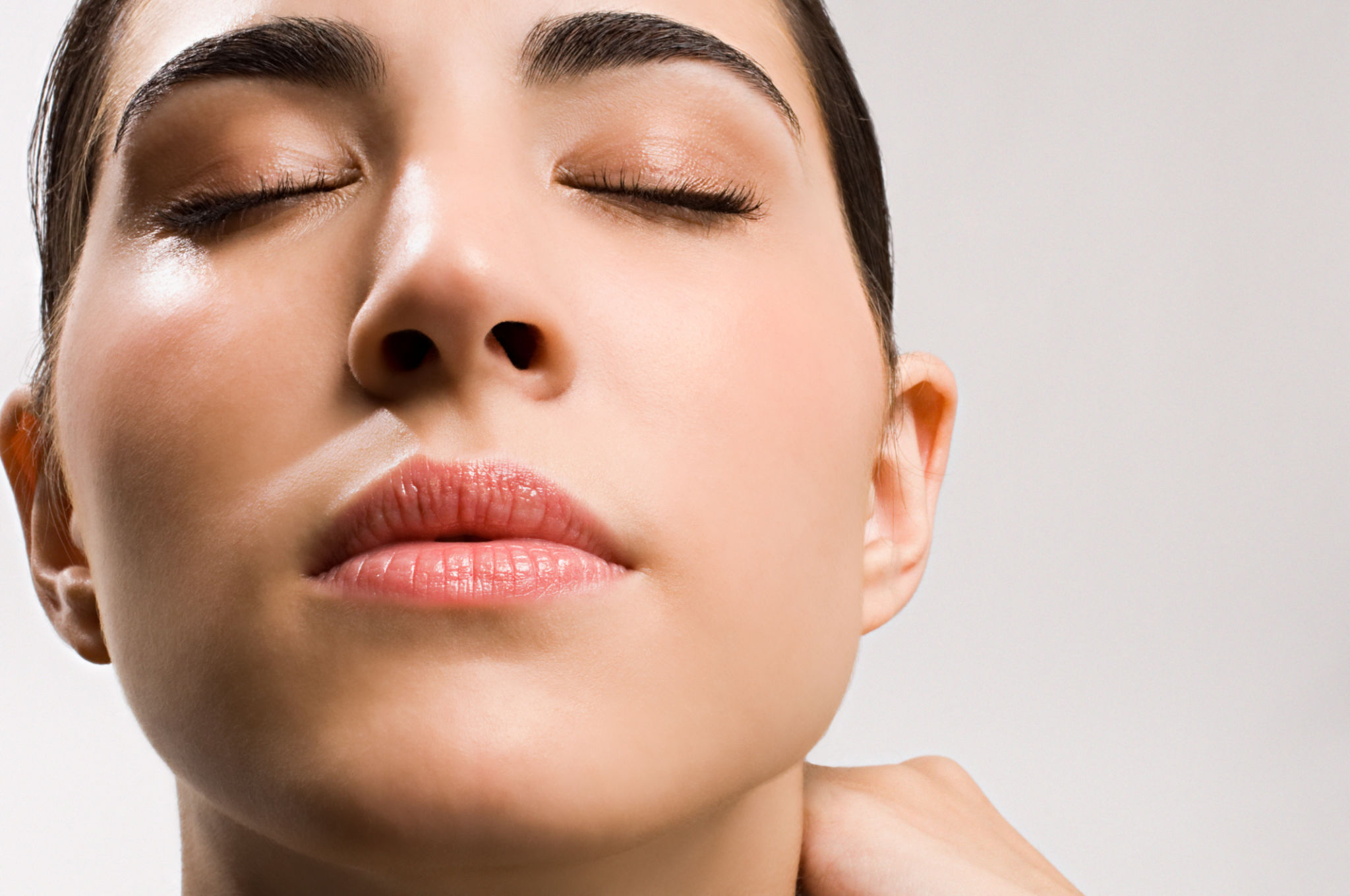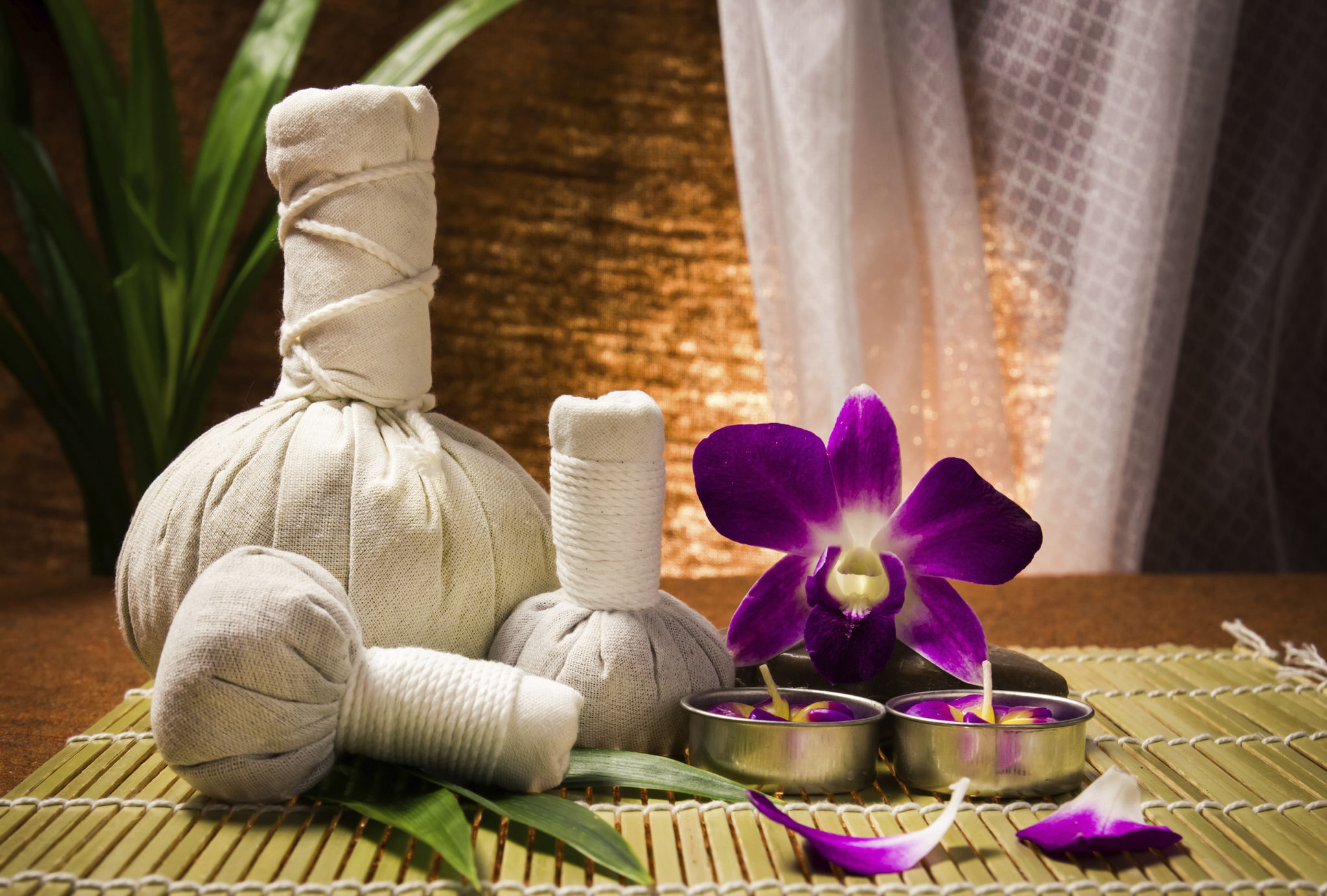Myths and Facts About Thai Massage You Should Know
Understanding Thai Massage
Thai massage is an ancient practice that has been around for centuries, offering numerous benefits for both the body and mind. However, there are several myths surrounding this therapeutic practice that can lead to misconceptions. In this blog post, we aim to debunk these myths and illuminate the facts about Thai massage.

Myth 1: Thai Massage is Painful
A common misconception is that Thai massage is inherently painful. While it's true that this type of massage can be more intense compared to others, it should not be painful. Thai massage involves deep stretching and rhythmic compressions, which may cause some discomfort if you're not used to it. However, a skilled therapist will always adjust the pressure to suit your comfort level.
Fact: Thai massage can be customized to be as gentle or as deep as needed. Communication with your therapist is key to ensuring a comfortable experience.
Myth 2: Thai Massage is Only for Flexibility
Another myth is that Thai massage is solely for improving flexibility. While it undoubtedly helps in enhancing flexibility through its unique stretching techniques, it offers much more than that. Thai massage promotes relaxation, reduces stress, and improves circulation.

Fact: The holistic approach of Thai massage targets multiple aspects of well-being, making it beneficial for mental clarity and physical health alike.
Myth 3: Thai Massage Requires Special Equipment
Some people believe that Thai massage requires special equipment or mats. In reality, traditional Thai massage requires minimal equipment. It is typically performed on a mat on the floor, which allows the therapist to use their body weight effectively to deliver deep pressure and stretches.
Fact: Simplicity is a hallmark of Thai massage, making it accessible and easy to perform in various settings without the need for elaborate equipment.

Myth 4: Thai Massage is Similar to Yoga
Thai massage is often likened to yoga because of its stretching techniques. However, it’s important to understand that while there are similarities, they are fundamentally different practices. In yoga, you actively perform poses and stretches yourself, whereas in Thai massage, the therapist guides and manipulates your body into positions.
Fact: While Thai massage incorporates yoga-like movements, the passive nature of the stretches distinguishes it from traditional yoga practices.
The True Benefits of Thai Massage
The real benefits of Thai massage extend beyond just physical relief. It can aid in balancing energy levels, enhancing mental focus, and even improving emotional well-being. By understanding the facts and dispelling myths, individuals can appreciate the full scope of what Thai massage has to offer.

In conclusion, Thai massage is a versatile and holistic therapy that can cater to different needs when approached with an informed perspective. Whether you’re seeking relaxation or therapeutic benefits, knowing the facts will help you make the most out of your Thai massage experience.